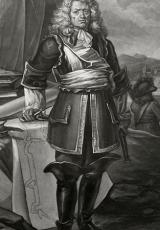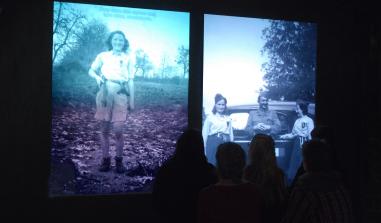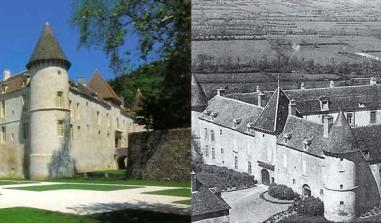Parc du Morvan
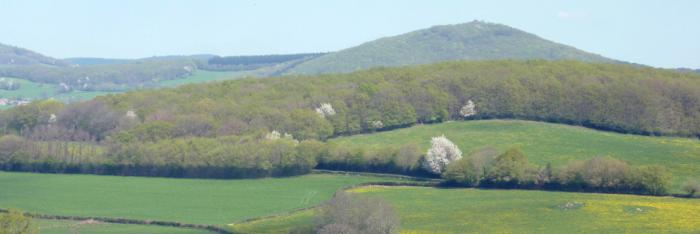
Paysage du Morvan. ©www.fr.academic.ru
In the 20th century the Morvan, the homeland of Marshal Vauban, was a sanctuary for members of the Resistance in their fight against Nazism and would favour the development of the maquis underground movement.
Covering 300,000 ha, the Morvan regional nature reserve, which was created in 1970, currently includes 117 communes 5 cities partners for a population of more than 74,000. The Morvan relief is situated in medium mountains and rests primarily on a granite base and, on the outskirts, on calcareous soil. The landscape consists mainly of farmland criss-crossed by hedges and prairies, forests with broad-leaved trees and conifers, a permanent presence of water (lakes, ponds, rivers, streams), of granite and of the buildings constructed out of the latter. If the scenery is the mark of man, buildings tell a lot about his history. The Eduens (a Gallic tribe) and the Gallo-Romans considered the Morvan to be an important area as testified by Bibracte - today the largest archaeological site in Europe dedicated to the Celtic civilisation - and Autun. Roman art is well represented thanks to the treasures discovered in Vézelay, Saulieu and Autun. The roads of Morvan are surrounded by castles, churches, chapels, places of worship and stones of legend, as well as a multitude of smaller heritage sites.
Dedicated to the theme of exchanges and migration, the eco-museum of Morvan, with its 5 sites each focusing on a specific theme, will take you on a journey of discovery through the history and soul of the MORVAN. One of these sites, located in Saint-Léger-Vauban, is devoted entirely to Vauban. He was born in the region and spent his formative years there, forging his personality to become not only the Marshal that we know about but also a great humanist as proved by his writings, the most famous of which is 'the project for a royal tithe'. In this work, he notes the poverty of the kingdom and the ineffectiveness of its tax system, and proposes the introduction of a single tax. This work, which appeared in 1707, was condemned by Louis XIV and left its author in disgrace. A museum founded in 1983, located at the Saint-Brisson site, is also dedicated to the Resistance in Morvan. The hills, forests, twisting ancient paths and the spirit of the locals, the morvandiaux, made the Morvan a perfect place for members of the Resistance to take refuge. In 1944, there were more than twenty maquis in the Morvan, spread over an area of 150 km². With its well preserved landscape, specific historical riches and diverse heritage, the Morvan is and always will be a place of sanctuary.
The Saint-Brisson site is located on a property covering 40 ha, with buildings that date back to the beginning of the 19th century. It contains the 'Maison du Parc', which serves as the administrative centre of the Morvan regional nature reserve, the 'Maison des hommes et des paysages' (the name of the Morvan eco-museum) and the Resistance Museum. Contact: Parc naturel régional du Morvan Maison du Parc 58230 SAINT-BRISSON Tel.: 33/ (0)3 86 78 79 57 Fax: 33/ (0)3 86 78 74 22 E-mail:parcmorvan.ot@wanadoo.fr
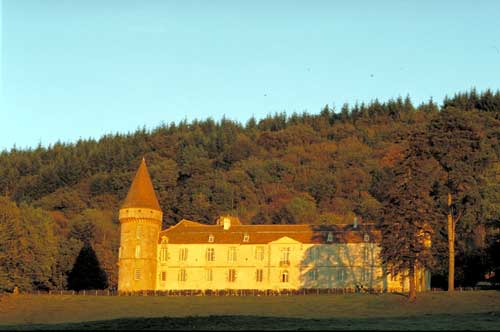
Le chateau de Bazoches. Photo Parc naturel du Morvan
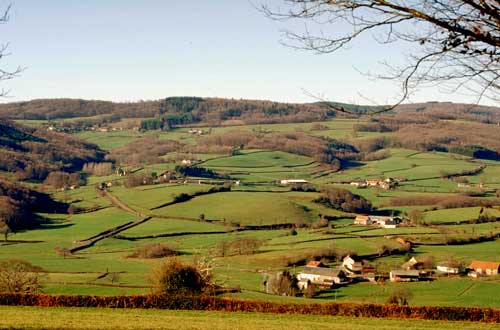
Paysage du Morvan. Photo Parc national du Morvan
Practical information
58230
Saint-Brisson
Tél. : 03 86 78 79 57Fax : 03 86 78 74 22
Accessible toute l'année


